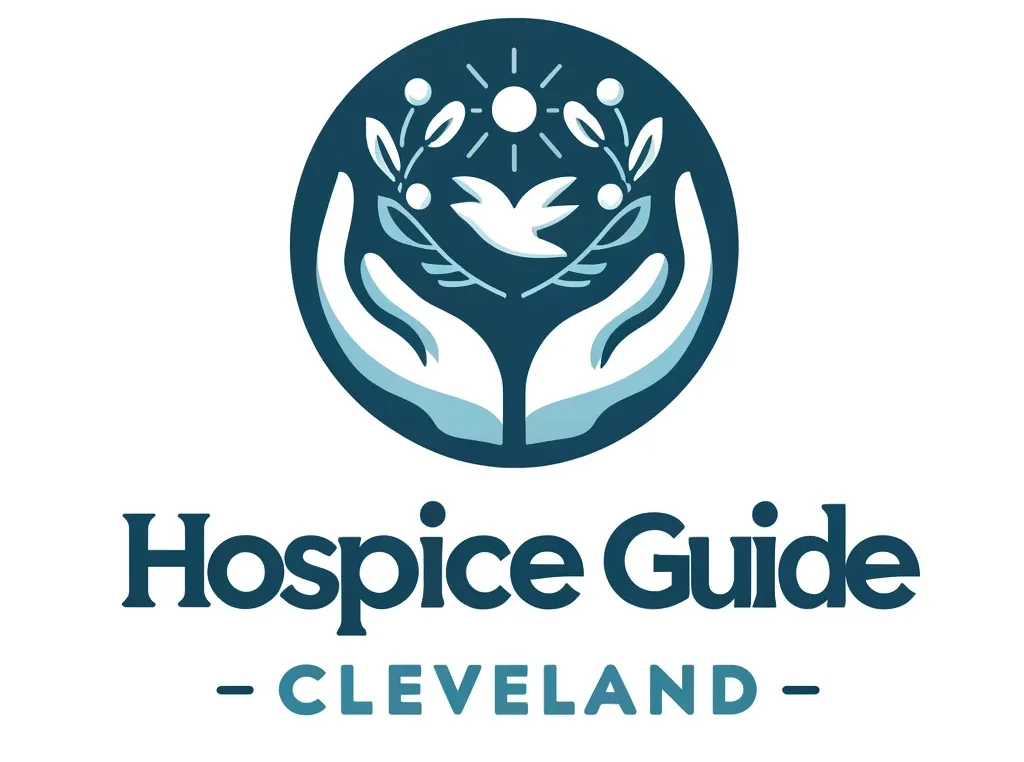Navigating the intricacies of healthcare coverage can be complex, particularly when it comes to specialized services like hospice care.
Hospice care provides compassionate support for terminally ill patients, focusing on comfort and quality of life rather than curative treatment.
Medicare and Medicaid are key providers of hospice benefits, each offering coverage that aims to reduce the financial burden on patients and their families during this challenging time.

Medicare hospice coverage is designed for beneficiaries who meet specific criteria, including a physician’s certification of a terminal illness with a life expectancy of six months or less, should the illness run its normal course.
These beneficiaries are entitled to comprehensive hospice care at no cost, encompassing medical support, pain management, and emotional and spiritual counseling.
The emphasis is on alleviating symptoms and ensuring patient comfort.
Medicaid coverage of hospice care mirrors Medicare to a certain extent, with some variations depending on the state’s regulations.
Like Medicare, Medicaid seeks to provide terminally ill patients with end-of-life care that is dignified and as comfortable as possible.
It is a joint federal and state program, and while hospice benefits are optional, all states provide the benefit, offering services such as nursing, physician services, and counseling.
Hospice care under Medicaid is typically provided at home or in a long-term care facility, allowing patients to spend their final months in familiar surroundings with loved ones.
Understanding Hospice Coverage
Navigating hospice coverage can be an integral part of planning for end-of-life care.
This section provides a clear understanding of the criteria for eligibility, the breadth of benefits provided, and the financial responsibilities associated with hospice care under Medicare and Medicaid services.
Eligibility and Enrollment
To enroll in hospice care under Medicare or Medicaid, a beneficiary must be certified by a physician as terminally ill, meaning they have a life expectancy of six months or less if the illness runs its normal course.
The beneficiary must accept palliative care rather than treatment aimed at a cure and must sign an election statement choosing hospice care instead of other Medicare-covered treatments for their terminal illness.
Scope of Hospice Benefits
Hospice coverage under Medicare Part A and Medicaid includes comprehensive benefits for palliative care aimed at managing pain and symptoms.
A customized plan of care is developed for each beneficiary, typically including:
- Physician services to oversee the care plan
- Nursing care provided by or under the supervision of a registered nurse
- Therapy services if deemed necessary
- Social work services, medical supplies, and equipment
- Prescription medications for symptom control or pain relief
- Short-term inpatient care including respite care
- Hospice aide and homemaker services
- Counseling and spiritual care to support the patient and family
Financial Aspects
Medicare and Medicaid greatly reduce the out-of-pocket costs for hospice care.
Under Medicare, beneficiaries may face minimal costs such as:
- A copayment of up to $5 for prescription drugs
- 5% of the Medicare-approved amount for inpatient respite care
Medicaid coverage for hospice varies by state but typically has low or no deductible and coinsurance.
Neither program will cover room and board in most circumstances, or treatment aimed at curing the terminal illness.
Navigating Care Options
When exploring hospice care, individuals covered by Medicare and Medicaid must understand the types of services available, how these programs integrate, and the specific limits and exceptions to coverage.
This knowledge is crucial to make informed decisions about end-of-life care.
Types of Hospice Care Services
Hospice care provides comprehensive support to terminally ill patients and their families. Services include Routine Home Care, which involves regular visits from hospice team members to the patient’s home or nursing facility.
Continuous Home Care is available during times of crisis and involves more intensive nursing care.
For symptom control or respite for caregivers, General Inpatient Care or Inpatient Respite Care may be utilized, which can be provided in a hospital, hospice facility, or skilled nursing facility. Therapy services, physician services, and necessary durable medical equipment are also integral components.
Medicare and Medicaid Integration
Medicare Part A covers hospice care fully, with no copayment for routine hospice services or medications.
A patient must be certified as terminally ill, with a prognosis of six months or less if the disease runs its usual course.
Medicaid coverage of hospice mirrors Medicare, though it may include some state-specific benefits.
The Centers for Medicare & Medicaid Services (CMS) oversee these programs to ensure beneficiaries receive quality care.
Enrollment in a Medicare Advantage Plan does not preclude the use of hospice services covered under regular Medicare.
Coverage Limits and Exceptions
While Medicare hospice coverage is comprehensive, it does not pay for room and board in a nursing home or long-term care facility. To cover these costs, one might consider supplemental insurance like a Medigap Plan.
Hospice care is designed for palliative care, not curative; thus, expenses related to curative treatment are generally not covered. Service intensity add-ons may be available for additional services in the last seven days of life.
A new benefit period starts after a patient outlives the initial six-month prognosis and can continue indefinitely with physician recertification of terminal illness.
Navigating the hospice benefits through Medicare and Medicaid can be complex, but understanding the available services, how these insurances work together, and what is covered can help patients and families focus on care and quality of life during a difficult time.
